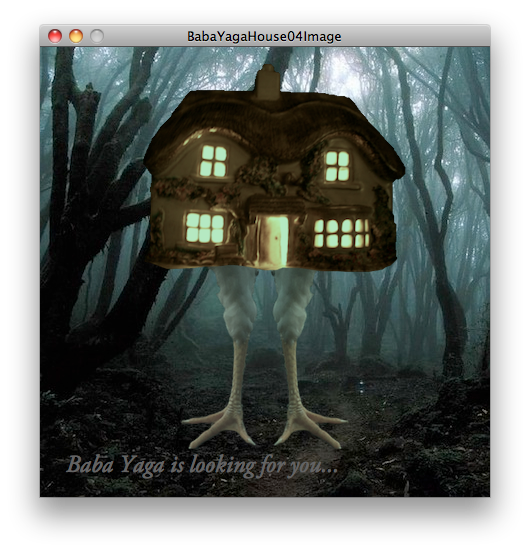In my lovely class on creating generative art, we're using the fabulous, free software Processing (see processing.org). It's wonderful software but it does have two relatively minor disadvantages: (1) it needs to be installed on your computer; and (2) it's not obvious how to share sketches with the class. Fortunately, several online versions of Processing have been created to solve these problems, such as HasCanvas, Studio Sketchpad, or Processing.js, among others. However, one that is particularly well suited for classroom use, because you can create "virtual classrooms" as well as code online, is OpenProcessing.org:

In fact, our class has its own darn virtual classroom there, creatively entitled "Generative Art (FA 3800), Fall 2011, University of Utah" (and here's the link to it):

Anyhow, we love it because we can post our sketches there and because we can use it even when we're away from our own computers.
[Note: it is also possible to install the desktop version of Processing to a flash drive and run it from there. I do this, also, as it gives me the links to all of the built-in reference files and syntax coloring.]







